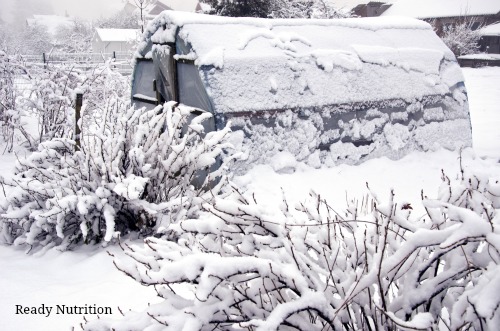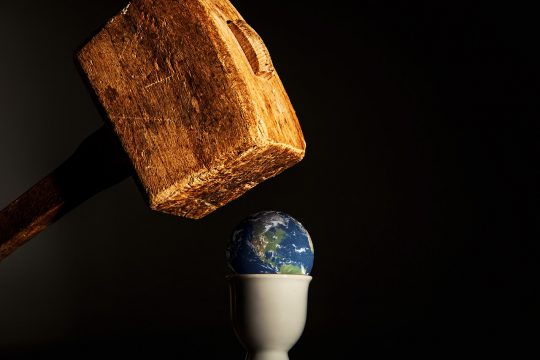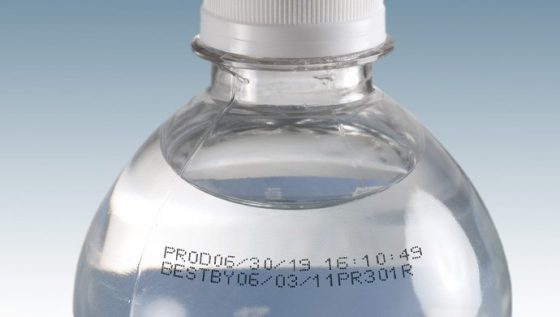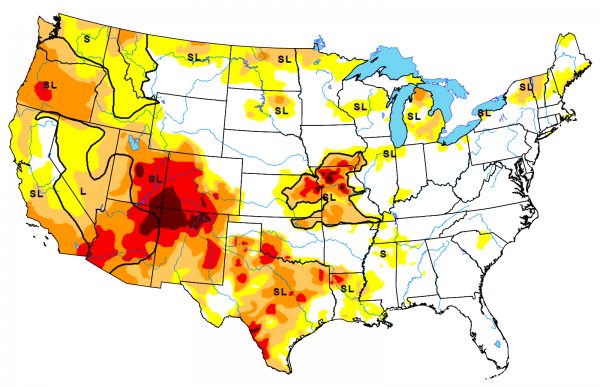“We found that the average depth of water resources across the country was about half of what people had previously estimated,” says Jennifer McIntosh, a distinguished scholar and professor of hydrology and atmospheric sciences at the University of Arizona.
McIntosh and her colleagues — who published a new study about these aquifers in November in Environmental Research Letters — took a different approach to assessing groundwater than other research, which has used satellites to measure changes in groundwater storage. For example, a 2015 study looked at 37 major aquifers across the world and found some were being depleted faster than they were being replenished, including in California’s agriculturally intensive Central Valley.
McIntosh says those previous studies revealed a lot about how we’re depleting water resources from the top down through extraction, such as pumping for agriculture and water supplies, especially in places like California.
But McIntosh and three other researchers wanted to look at groundwater from a different perspective: They examined how we’re using water resources from the bottom up.
The study may help close the gap about what we know and don’t know regarding how much water is available deep underground, as well as its quality.
It also rings some alarm bells.
A Different Approach
…click on the above link to read the rest of the article…


















